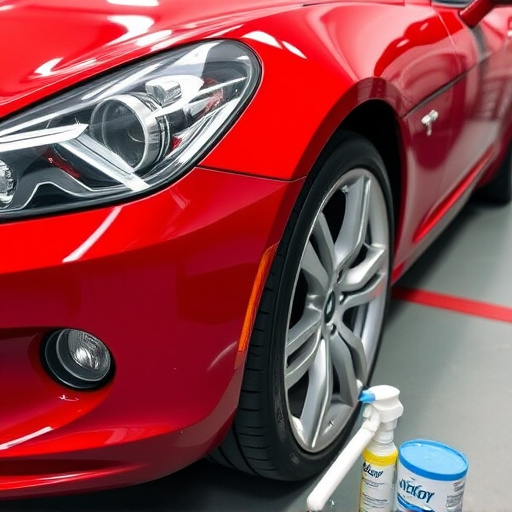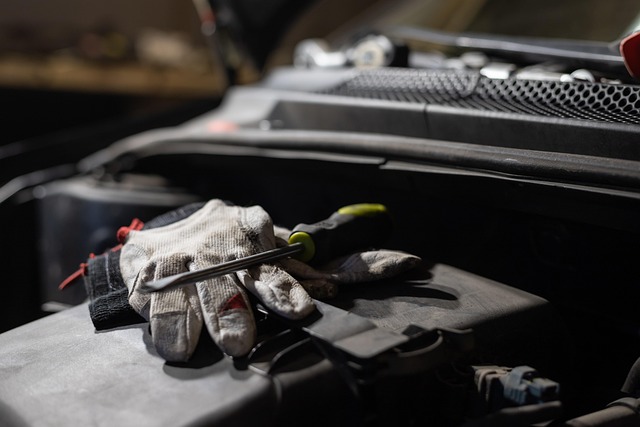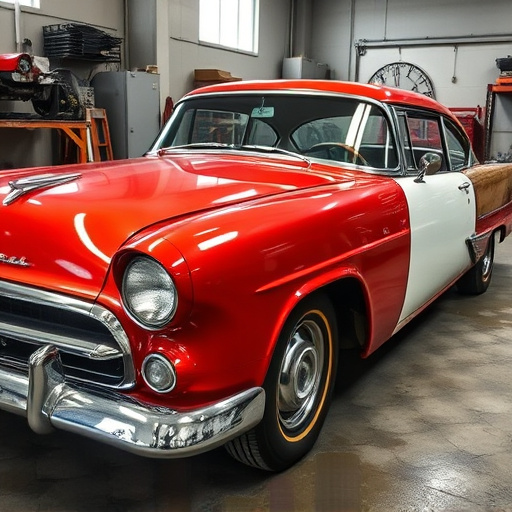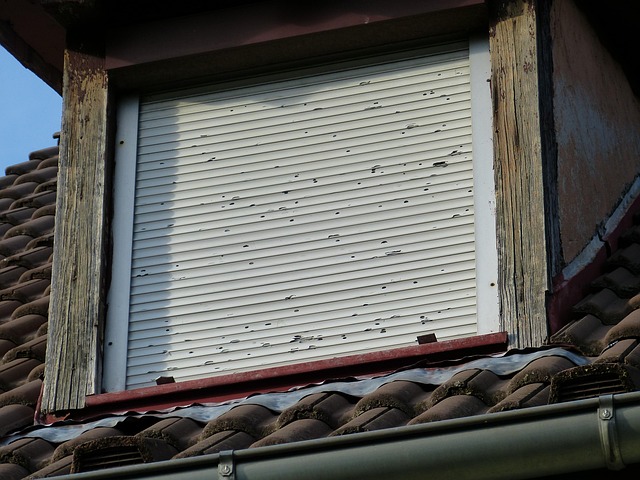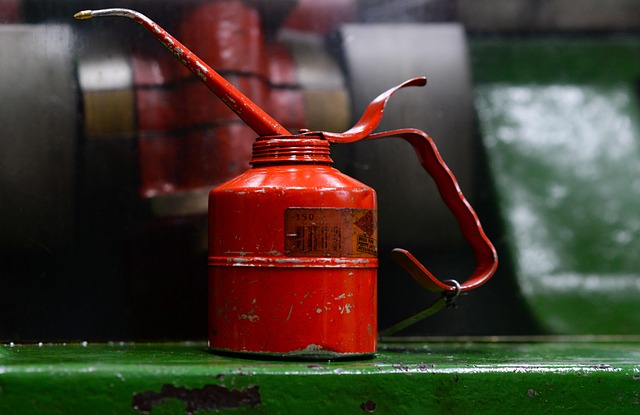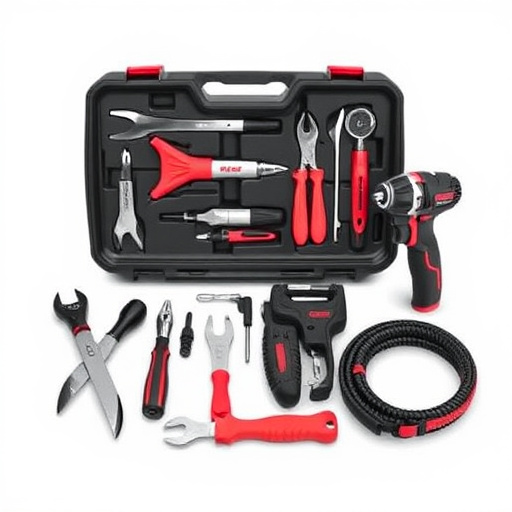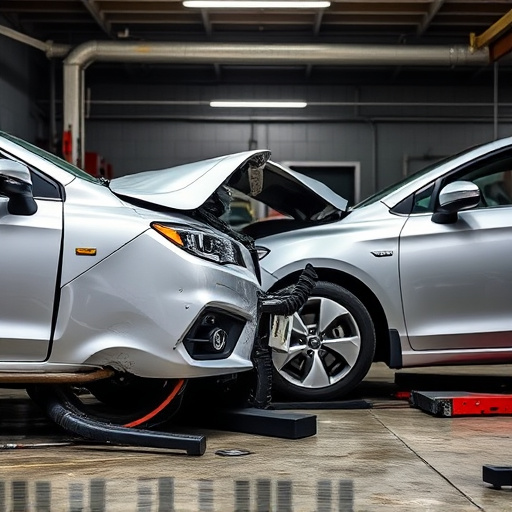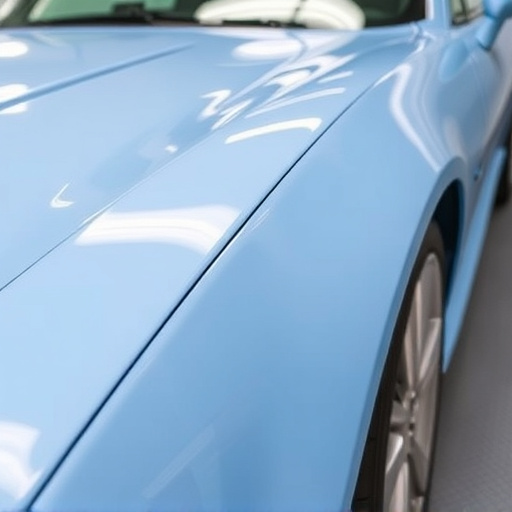In today's unpredictable environment, emergency glass repair is crucial for immediate safety and vehicle security after accidents. Shattered windows pose risks and damage structural integrity. Experts swiftly assess damage, replace or repair broken glass, and temporarily reinforce structures until permanent solutions can be implemented. Prioritize safety by wearing protective gear and ensuring adequate ventilation before attempting repairs. For minor cracks, use high-quality epoxy; for full window replacements, rely on specialized collision repair services.
In moments of crisis, quick and effective emergency glass repair can be a lifesaver. Whether it’s a broken window during a storm or a shattered windshield after an accident, understanding this critical skill is essential for safety and peace of mind. This article guides you through the process, from recognizing when immediate repair is necessary to the step-by-step techniques to address the issue under pressure. Learn how to prepare, prioritize safety, and implement efficient emergency glass repair solutions.
- Understanding Emergency Glass Repair: When and Why It's Necessary
- Preparation and Safety Measures Before Starting the Repair
- Step-by-Step Guide to Effective Emergency Glass Repair Techniques
Understanding Emergency Glass Repair: When and Why It's Necessary

In today’s world, where accidents and unforeseen events can happen at any moment, having a comprehensive understanding of emergency glass repair is invaluable. This specialized service is designed to address immediate glass damage, ensuring safety and security in critical situations. Whether it’s a car crash or a sudden break-in attempt, emergency glass repair services are often the first line of defense in securing vehicles and protecting individuals.
When a collision occurs, the impact can cause significant damage to vehicle windows and windshields. In such cases, a quick response from a reputable collision repair shop is crucial. Emergency glass repair experts possess the skills and tools to swiftly assess the damage, replace or repair shattered glass, and reinforce structural integrity. This temporary solution not only prevents further harm but also provides a sense of security until more permanent repairs can be made, ensuring that car bodywork remains in optimal condition.
Preparation and Safety Measures Before Starting the Repair

Before tackling any emergency glass repair, safety should always be your top priority. This involves donning appropriate personal protective equipment (PPE), including gloves, safety goggles, and a respirator to guard against broken glass fragments and chemical fumes from the repair process. Ensure you work in a well-ventilated area or use an exhaust fan to prevent hazardous build-up of vapors. Additionally, clear a wide workspace around the damaged area to facilitate smooth access and maneuverability during the repair.
Proper preparation also includes gathering all necessary tools and materials. This typically includes high-quality replacement glass compatible with your vehicle make and model, along with specialized repair kits that may include adhesives, sealants, and primers. Familiarize yourself with the repair process beforehand, especially if you’re not a seasoned professional. If dealing with a severe or complex damage, consider seeking assistance from a reputable collision repair center offering emergency glass repair services, where skilled technicians can handle intricate cases using state-of-the-art equipment and ensuring top-notch car paint services for a seamless finish.
Step-by-Step Guide to Effective Emergency Glass Repair Techniques

In an emergency glass repair situation, quick thinking and a structured approach are key to ensuring safety and minimizing damage. Here’s a step-by-step guide designed for both professionals and those in need during urgent scenarios. First, assess the extent of the damage. If the glass is cracked or shattered but still partially intact, proceed with caution. Use protective gear, including gloves and safety goggles, to avoid injury from flying debris. Next, quickly clear a work area, ensuring no one is near the damaged glass to prevent further accidents.
For smaller cracks, use a high-quality epoxy designed for emergency glass repair. Apply a thin layer along the crack, making sure it’s well-saturated. Let the epoxy set according to the manufacturer’s instructions. In cases of complete window replacement, turn to reliable collision repair services or auto body shops specializing in such work. They have the tools and expertise to swiftly install new glass, ensuring your vehicle’s safety and security.
In urgent situations, knowing how to perform emergency glass repair can be a life-saving skill. From broken car windows to shattered home panes, understanding the process equips you to handle unexpected scenarios effectively. By following safety protocols and mastering the step-by-step guide outlined in this article, individuals can gain confidence in repairing glass under pressure, ensuring their well-being and potentially preventing further damage until professional assistance arrives.
